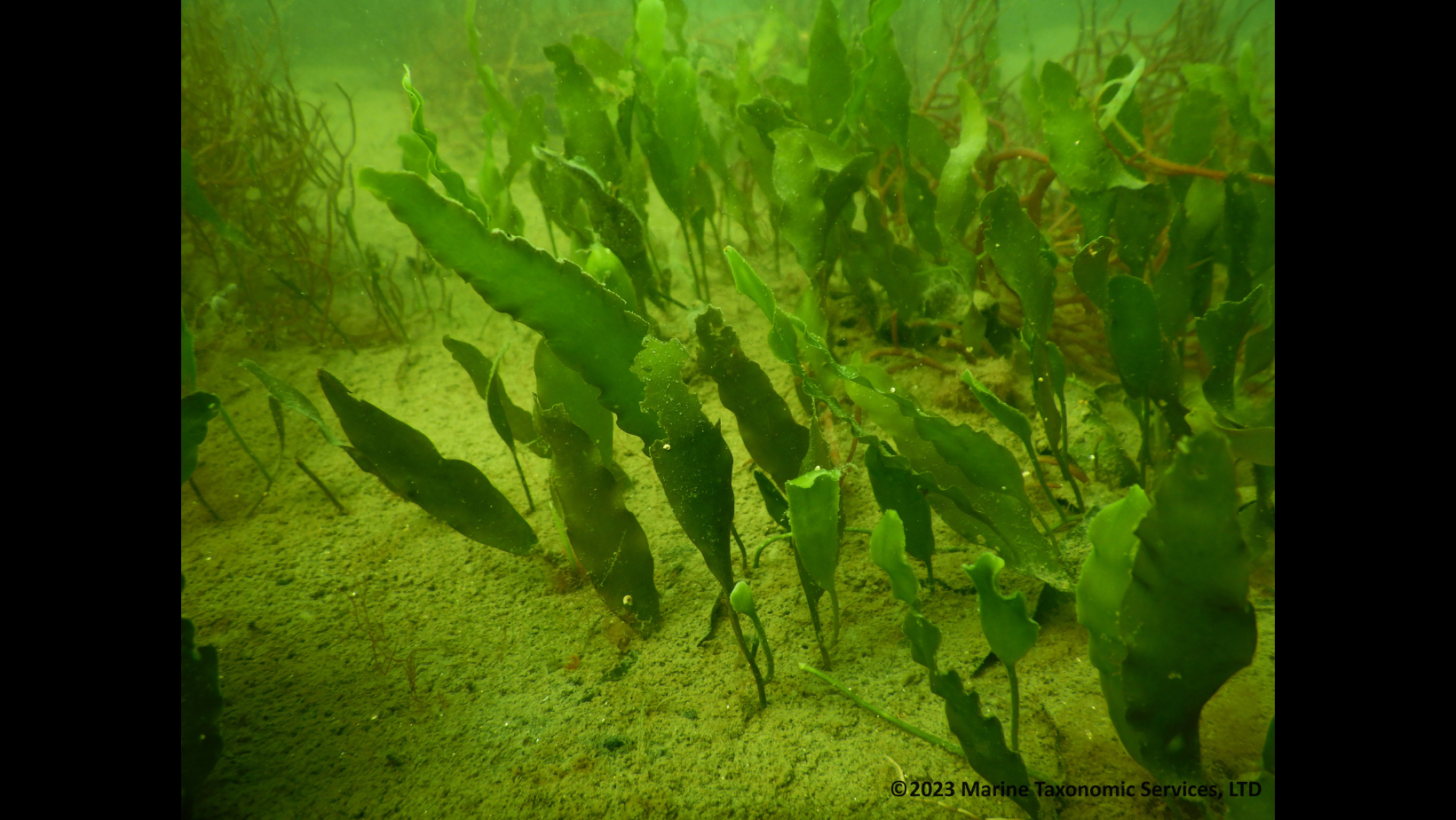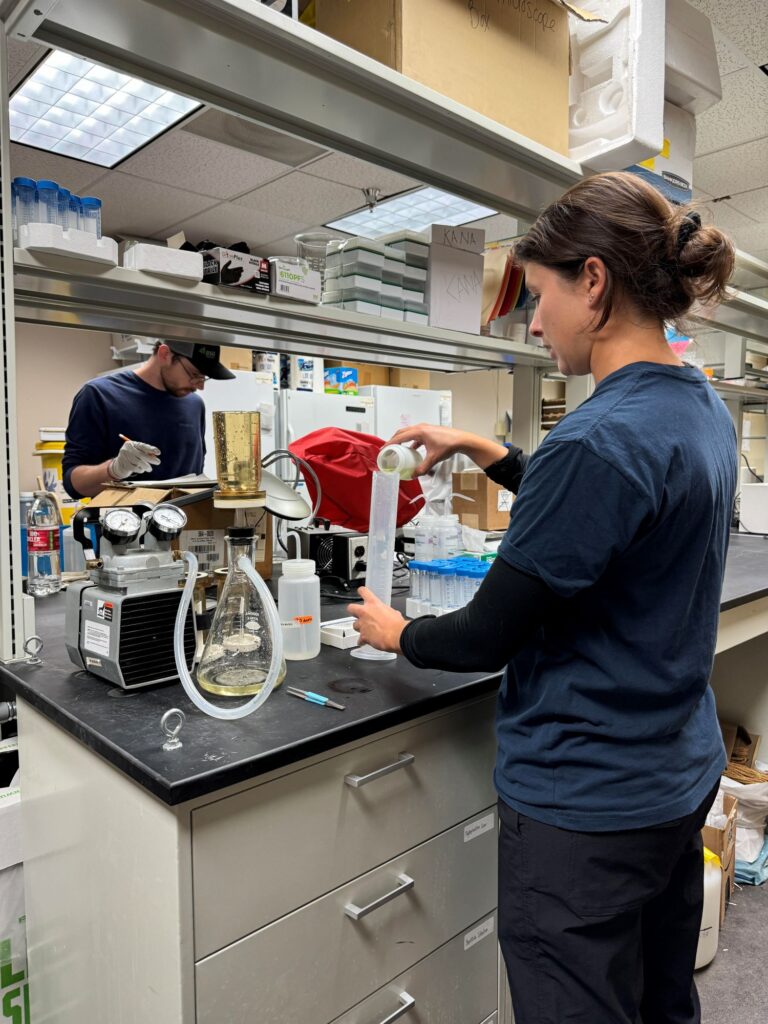Australia's Marine Fauna Under Siege: The Invasive Seaweed Problem

Table of Contents
The Extent of the Invasive Seaweed Problem in Australia
The proliferation of invasive seaweed in Australia is a serious environmental issue with far-reaching consequences. Understanding the scale of the problem is crucial to developing effective management strategies.
Identifying Key Invasive Seaweed Species
Several invasive seaweed species are causing significant damage to Australian waters. Two notable examples include:
- Caulerpa taxifolia (Killer Algae): This highly invasive seaweed, with its rapid growth and toxicity to many marine animals, has spread across several coastal regions.
- Geographic Distribution: Originally introduced to the Mediterranean, it has established itself in parts of Western Australia and New South Wales.
- Characteristics: Rapid growth rate, resilience to environmental stressors, and production of secondary metabolites toxic to many native species.
- Undaria pinnatifida (Wakame): While used in some cuisines, this seaweed's aggressive growth outcompetes native species for resources.
- Geographic Distribution: Widely spread along the southern coast of Australia, particularly in Tasmania and Victoria.
- Characteristics: Fast-growing, forms dense mats that smother other seaweeds and benthic organisms, altering habitat structure.
The Ecological Impacts of Invasive Seaweed
The ecological consequences of invasive seaweed infestations are profound:
- Habitat Loss and Displacement: Dense mats of invasive seaweed smother native seagrass beds and kelp forests, destroying vital habitats for countless marine species.
- Impact on Biodiversity and Food Web: The displacement of native species disrupts the delicate balance of the food web, leading to a decline in biodiversity and potentially impacting commercially important fish populations.
- Economic Consequences: The decline in native species affects fisheries yields, impacting the livelihoods of those dependent on the fishing industry. Furthermore, the degradation of coastal environments negatively impacts tourism.
The Mechanisms of Invasive Seaweed Spread
Understanding how invasive seaweed arrives and spreads in Australian waters is essential for implementing effective prevention strategies.
Understanding Vectors of Introduction
Human activities are primarily responsible for the introduction and spread of invasive seaweed:
- Ballast Water: Ships discharge ballast water containing seaweed fragments, acting as a vector for long-distance dispersal.
- Aquaculture: Accidental release from aquaculture farms can lead to the establishment of invasive seaweed populations.
- Shipping: Fouling on ship hulls can transport seaweed fragments over long distances.
Factors Contributing to Successful Invasion
Several environmental factors contribute to the successful invasion of seaweed:
- Climate Change: Rising sea temperatures and altered ocean currents can create favourable conditions for the growth and spread of invasive seaweed species.
- Human-Induced Nutrient Pollution: Excessive nutrient runoff from agriculture and urban areas fuels the rapid growth of invasive seaweeds, exacerbating the problem.
Combating the Invasive Seaweed Threat
Addressing the invasive seaweed problem requires a multi-pronged approach combining various management strategies and preventative measures.
Current Management Strategies
Several control methods are currently employed in Australia:
- Manual Removal: Physically removing seaweed, while effective on a small scale, is costly and labour-intensive.
- Chemical Control: Herbicides can be effective but can also harm non-target species and the broader marine environment.
- Biological Control: Introducing natural predators or pathogens of the invasive seaweed; however, this approach requires careful research to avoid unintended consequences.
Future Research and Prevention Measures
Combating invasive seaweed effectively requires a shift towards proactive strategies:
- Early Detection and Rapid Response: Implementing robust monitoring programs to detect invasive species early is crucial for effective control.
- Improved Biosecurity Protocols: Strengthening biosecurity measures to prevent the introduction of new invasive species is paramount.
- Sustainable Control Methods: Further research into environmentally friendly and cost-effective control methods is needed.
Conclusion
Invasive seaweed poses a significant threat to Australia's unique marine ecosystems, causing ecological damage and economic losses. The rapid spread of these species highlights the urgent need for comprehensive management strategies. Controlling invasive seaweed requires a concerted effort involving researchers, government agencies, and the community. Protecting Australia's unique marine biodiversity requires immediate and sustained action against invasive seaweed. Learn more about how you can contribute to the fight against this growing threat and help safeguard our oceans for future generations. Supporting research into managing invasive seaweed and advocating for stricter biosecurity measures are crucial steps in preserving our precious coastal environments.

Featured Posts
-
 El Futuro De Bts Un Analisis De Su Regreso Tras El Servicio Militar
May 30, 2025
El Futuro De Bts Un Analisis De Su Regreso Tras El Servicio Militar
May 30, 2025 -
 Fairy In A Bottle Jacob Alons Latest Musical Success
May 30, 2025
Fairy In A Bottle Jacob Alons Latest Musical Success
May 30, 2025 -
 Amber Heards New Twins Fueling Speculation About Elon Musks Involvement
May 30, 2025
Amber Heards New Twins Fueling Speculation About Elon Musks Involvement
May 30, 2025 -
 Dana White Must Pay Up Ufc Veteran Demands 29 Million For Jon Jones Fight
May 30, 2025
Dana White Must Pay Up Ufc Veteran Demands 29 Million For Jon Jones Fight
May 30, 2025 -
 Harmful Algal Bloom Alert Two Occurrences In Kodiak Waters Affect Shellfish Safety
May 30, 2025
Harmful Algal Bloom Alert Two Occurrences In Kodiak Waters Affect Shellfish Safety
May 30, 2025
